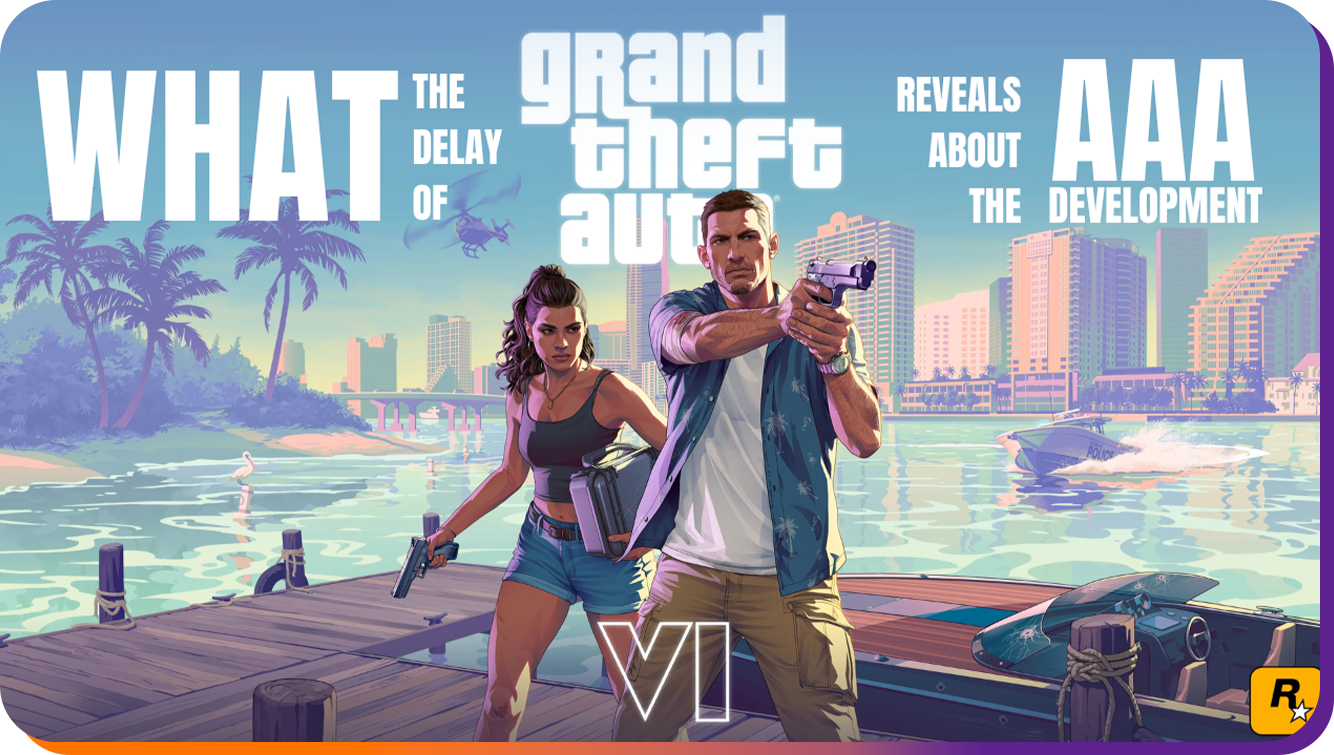What makes a mobile game fun enough to keep players hooked? With thousands of titles launching every year, standing out takes more than just solid gameplay. The most successful games create an experience that feels fresh, personal, and rewarding with every tap.
Whether it’s the thrill of beating a high score, the surprise of an unexpected reward, or the joy of customizing a quirky character, great mobile games use simple but powerful tools to spark emotional connection. From endless runners to story-driven adventures, the right features turn short play sessions into daily rituals.



